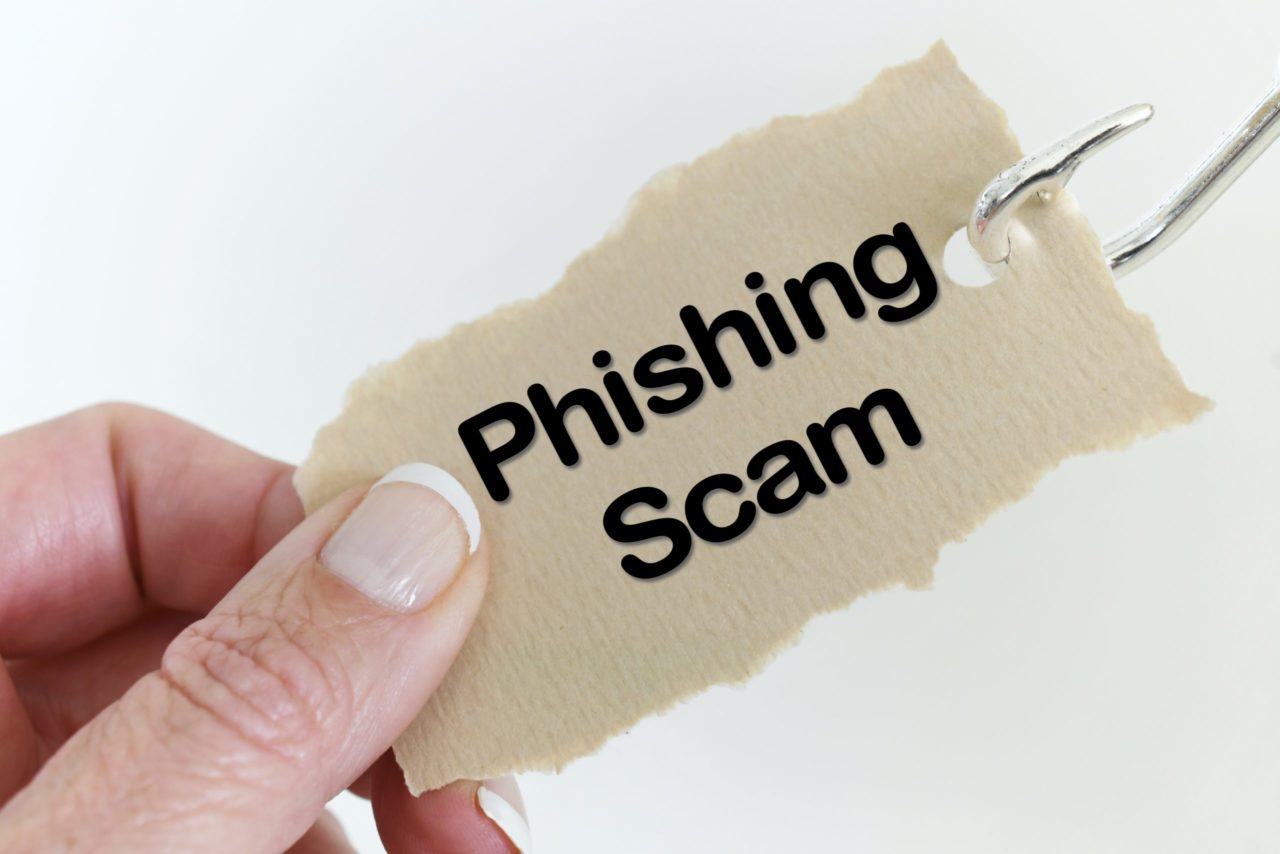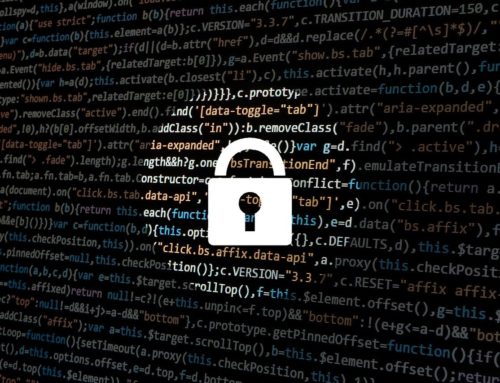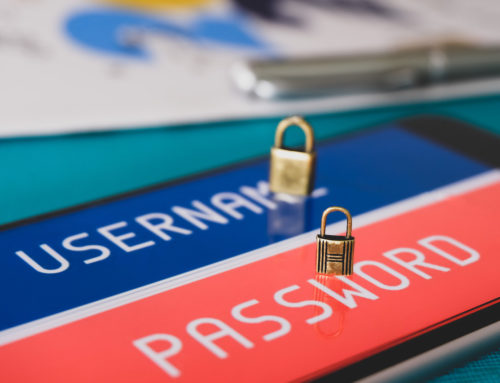
Phishing is quickly becoming one of the most pervasive cyberattacks, with over three billion daily phishing attempts. Unfortunately, the simplicity of the method is part of what makes it so dangerous.
Phishing attacks aim to gain personal and crucial information through emails. The ubiquitous use of email across sectors and industries means every employee is a risk within your infrastructure.
These emails are easy enough to identify if you know what to look for, even while many cybercriminals have begun using more sophisticated techniques to conduct their phishing attacks. To protect your company from online crime, familiarize yourself and your staff with the tell-tale signs of phishing.
So, what is a common indicator of a phishing attempt?
Poor Spelling
Bad spelling is often a sign of a phishing attack. Legitimate organizations usually have clear, polished communications with very few errors. If you notice significant grammatical mistakes in an email, pay careful attention to the content and links included.
Odd Sender’s Address
Cybercriminals do their best to imitate organizations you trust. While a sender’s address may look official at first glance, you must check for typos and other errors. If the address seems strange or has a typo, do not click on any links and send an email to your security team letting them know about your concerns.
Urgency
Because cybercriminals want you to click on a malicious link and input personal data, their emails may have an urgent tone, prompting you to act quickly before something bad happens. If you glance at the email and believe you must take immediate action to prevent a serious issue, there is a chance you’ll be so quick to resolve a problem that you won’t notice the email is untrue.
Phishing emails do their best to imitate organizations with authority with whom you wouldn’t mind sharing personal data. Make sure it’s a legitimate source and double-check the information in the email before taking further action.
Attachments
Phishing emails with attachments may seem legitimate, but they are actually a clever way for hackers to coax you into opening an attachment containing malware, which will then infect your computer and give them access to your personal information. If you’re unsure whether the attachment is safe to open, scan it with antivirus software before opening it.
Malicious Links
Before clicking on a link in an email, hover over it to see the URL of the website it directs you to. Something may be amiss if the URL is different from what was written in the email. Also, if the link goes to a site that doesn’t have a secure HTTPS protocol, do not visit any pages on that website.
Requests for Private Information
The purpose of a phishing email is to gather private information. Most hackers attempt this by sending a user to a suspicious site and filling out personal data. As a rule of thumb, you should never fill out private information on an unknown site, especially banking details, company passwords or data, or highly-sensitive information.
How Can I Protect My Company Against Phishing?
Through phishing, hackers aim to weaponize an everyday tool in your company against you. Cybercriminals know that everyone is using email, and if your employees aren’t properly trained and guided on best practices, they could fall victim to phishing emails, compromising your operations.
Rely on professionals like JNT Tek to help protect your company against phishing. They’ll walk your employees through email awareness training, ensuring that every entry point is secure and equipped with cybersecurity protocols.
Combatting phishing requires a proactive approach in both training and response. Partnering with industry professionals at JNT Tek gives your business the best chance of survival against everyday cyberattacks. Contact JNT Tek today and learn more about their email awareness training!




CONNECT WITH US!